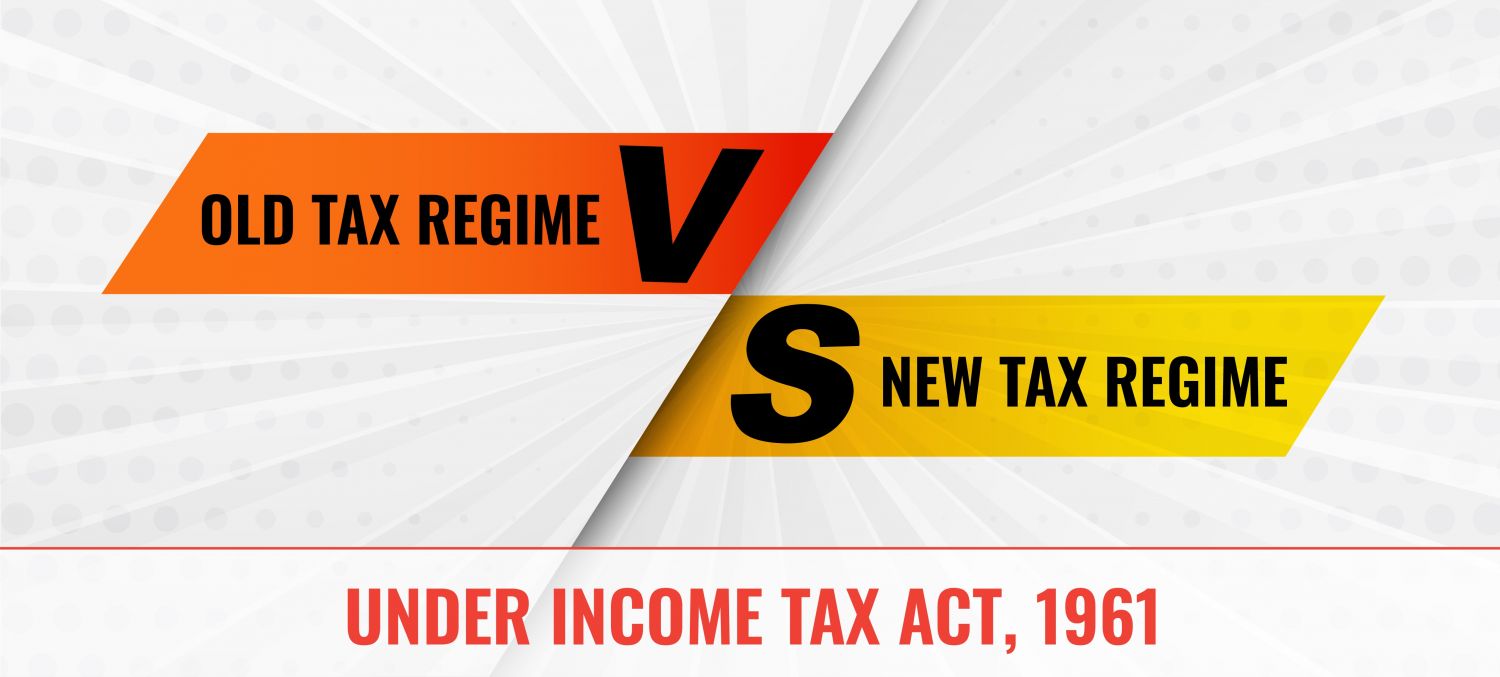The unveiling of the Indian Budget 2024 marks a crucial milestone in the economic trajectory of the nation. As the government outlines its fiscal policies and allocations for the upcoming financial year, stakeholders across various sectors eagerly await to understand how these decisions will shape their respective landscapes. In this article, we will delve into the key highlights of the Indian Budget 2024 and explore their implications for different sectors of the economy.
- Healthcare Sector: Healthcare has emerged as a top priority in the Indian Budget 2024, given the lessons learned from the COVID-19 pandemic. Significant allocations have been made towards strengthening healthcare infrastructure, enhancing access to quality healthcare services, and bolstering disease prevention and management initiatives. Investments in the healthcare sector are expected to have far-reaching implications, including improved healthcare outcomes, increased accessibility, and enhanced resilience to future health crises.
- Education Sector: The Indian Budget 2024 reflects a renewed emphasis on education as a catalyst for socio-economic development and nation-building. Allocations towards the education sector encompass initiatives aimed at enhancing school infrastructure, promoting digital literacy, and expanding access to higher education and vocational training. The budgetary provisions are poised to drive innovation, skill development, and knowledge dissemination, thereby empowering the youth and fostering a skilled workforce crucial for India’s growth trajectory.
- Infrastructure Development: Infrastructure development emerges as a key focal point in the Indian Budget 2024, underlining its significance in driving economic growth, enhancing connectivity, and fostering regional development. Substantial investments have been earmarked for the development of transportation networks, including roads, railways, airports, and ports. Additionally, emphasis has been placed on digital infrastructure, with initiatives aimed at expanding broadband connectivity and promoting the adoption of emerging technologies. These investments are poised to unlock new growth opportunities, attract investments, and catalyze economic development across regions.
- Agriculture and Rural Development: Agriculture continues to be the backbone of the Indian economy, and the Indian Budget 2024 acknowledges its pivotal role in ensuring food security, poverty alleviation, and rural prosperity. The budgetary provisions encompass measures aimed at enhancing agricultural productivity, promoting sustainable farming practices, and strengthening market linkages for farmers. Additionally, investments in rural infrastructure, including irrigation, storage facilities, and rural electrification, are expected to bolster agricultural resilience and enhance livelihood opportunities in rural areas.
- Technology and Innovation: The Indian Budget 2024 lays emphasis on leveraging technology and innovation as drivers of economic growth and competitiveness. Initiatives such as the promotion of research and development, fostering innovation ecosystems, and incentivizing technology adoption by businesses are expected to spur innovation and entrepreneurship across sectors. Furthermore, investments in digital infrastructure and the promotion of digital initiatives are poised to accelerate the digitization of the economy, facilitate e-governance, and promote inclusive growth.
Top 20 highlights on Indian budget 2024

- Healthcare Allocation: The Indian Budget 2024 allocates a significant portion of funds towards strengthening the healthcare infrastructure, focusing on improving accessibility and quality of healthcare services.
- Education Reforms: The budget emphasizes education reforms, including investments in school infrastructure, digital literacy programs, and initiatives to enhance access to higher education and vocational training.
- Infrastructure Development: Substantial investments are earmarked for infrastructure development, including transportation networks, digital infrastructure, and urban rejuvenation projects to stimulate economic growth and enhance connectivity.
- Agricultural Support: The budget introduces measures to support agriculture, including promoting sustainable farming practices, enhancing market linkages for farmers, and investing in rural infrastructure for increased agricultural productivity.
- Technology and Innovation: There is a focus on leveraging technology and fostering innovation to drive economic growth, with initiatives aimed at promoting research and development, innovation ecosystems, and digital initiatives.
- Tax Reforms: The budget proposes tax reforms aimed at simplifying the tax regime, promoting compliance, and enhancing ease of doing business for taxpayers and businesses.
- Job Creation: The budget outlines strategies to boost job creation through investments in key sectors, skill development programs, and initiatives to promote entrepreneurship and MSMEs.
- Health Insurance: The budget introduces measures to expand health insurance coverage, ensuring financial protection for vulnerable sections of society and promoting inclusive healthcare access.
- Green Initiatives: There is a focus on promoting environmental sustainability through green initiatives, including investments in renewable energy, pollution control measures, and conservation efforts.
- Financial Sector Reforms: The budget proposes reforms in the financial sector aimed at strengthening regulatory frameworks, enhancing transparency, and promoting financial inclusion.
- Social Welfare Schemes: The budget continues to prioritize social welfare schemes aimed at poverty alleviation, women empowerment, child welfare, and social security for marginalized communities.
- Defense Expenditure: The budget allocates funds for defense expenditure to modernize the armed forces, enhance defense capabilities, and ensure national security.
- Smart Cities Mission: The budget supports the Smart Cities Mission with investments in urban infrastructure, technology integration, and sustainable urban development initiatives.
- Digital India: The budget reinforces the Digital India initiative with investments in digital infrastructure, e-governance, and digital literacy programs to promote digital inclusion and access to government services.
- Health Research: There are provisions for investments in health research and development to address emerging health challenges, promote indigenous healthcare solutions, and strengthen the healthcare ecosystem.
- Skill Development: The budget focuses on skill development initiatives to equip the workforce with relevant skills for emerging industries, promote employment generation, and enhance productivity.
- Rural Development: The budget prioritizes rural development with investments in rural infrastructure, agriculture, and allied sectors to promote inclusive growth and rural prosperity.
- Start-up Ecosystem: The budget introduces measures to support the start-up ecosystem, including access to finance, incubation support, and regulatory reforms to foster innovation and entrepreneurship.
- Export Promotion: The budget outlines strategies to promote exports, including incentives for exporters, trade facilitation measures, and efforts to enhance market access for Indian goods and services.
- Fiscal Consolidation: The budget emphasizes fiscal consolidation measures aimed at maintaining fiscal discipline, managing deficits, and ensuring macroeconomic stability amidst evolving global economic conditions.
Conclusion:
The Indian Budget 2024 reflects a strategic roadmap aimed at steering the economy towards sustainable growth, inclusive development, and resilience in the face of evolving challenges. By decoding the key highlights and implications for different sectors, stakeholders can gain valuable insights into the government’s priorities, policy direction, and the potential opportunities and challenges that lie ahead. As India charts its course towards economic recovery and transformation, collaboration and concerted efforts across sectors will be vital in realizing the nation’s aspirations for progress and prosperity.

















